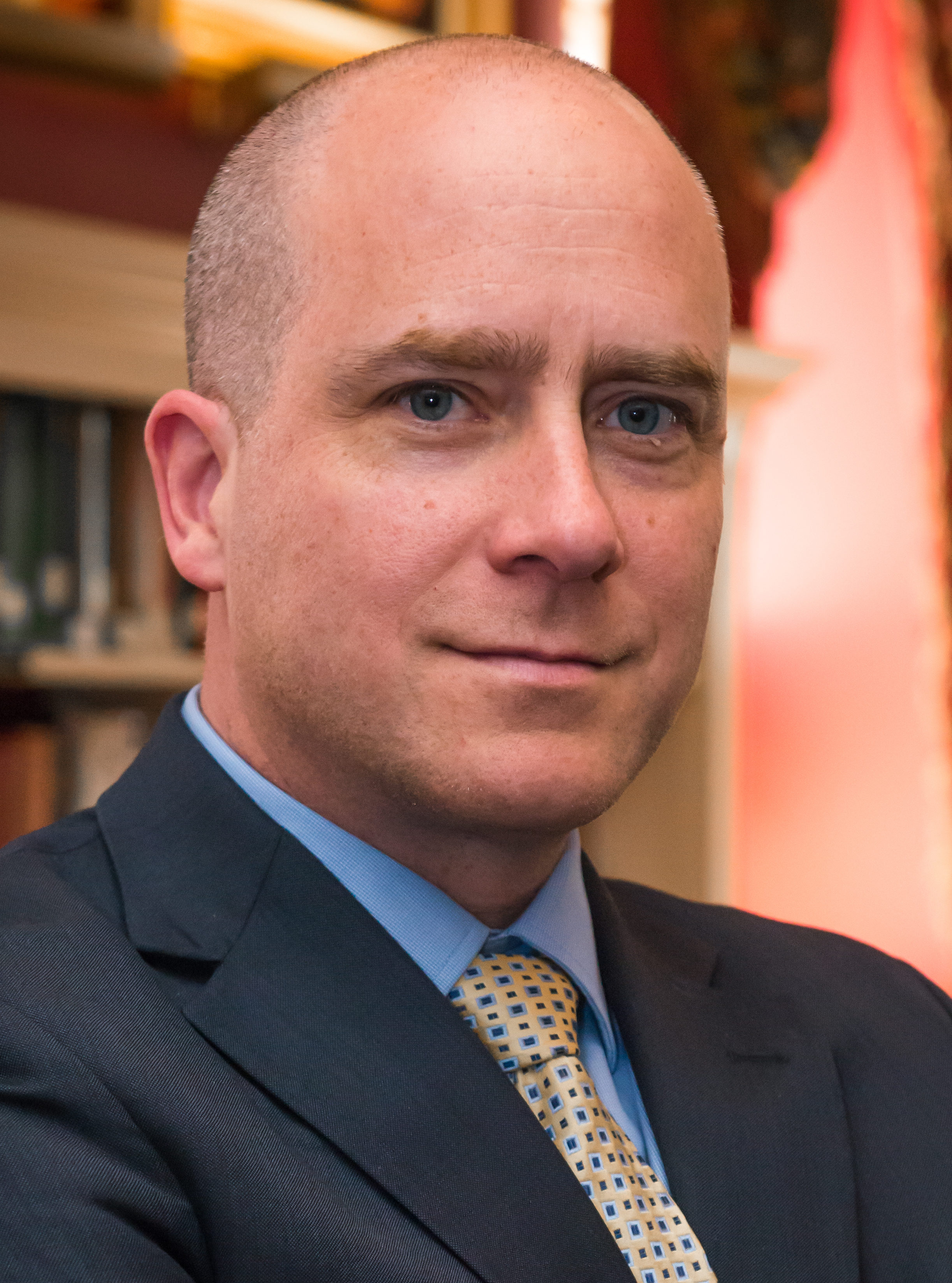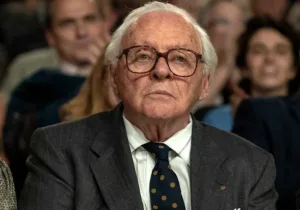In 2005, the United Nations inaugurated January 27 International Holocaust Remembrance Day. The resolution resolved that all member states ought to honor the memory of the six million Jews and other minority groups who perished in the Nazis annihilation system. The occasion is to be marked by educational programs, commemorative events and speeches, and solemn ceremonies.
To single out the Holocaust for such recognition is not to diminish the horror of other mass atrocities. But it is, in part, to recognize the singular qualities that mark the Holocaust as unique. More than simply the most extreme example of genocide, the Holocaust is distinguished by the scope of its aspiration. The Nazis intent was to kill every Jew everywhere. To do so, the criminal regime mobilized every apparatus of a modern nation state—bureaucratic, educational, administrative, martial, cultural, scientific, and technological—and bent them to the task of exterminating the innocent. The war against the Jews was something more than simply a war-within-a-war. In the conventional war’s waning days, as Hitlerism’s imminent defeat became self-evident, the Nazi annihilation centers went into overdrive. Men and equipment that could have better served the conventional war effort elsewhere were instead employed in killing as many Jews as possible before defeat. It was madness. But the madmen nearly succeeded. By the end of the war in Europe, nearly two-thirds of European Jewry had been destroyed.
Today is a fitting day to commemorate the Holocaust because it also marks the day the Red Army liberated Auschwitz-Birkenau, the largest system of camps within the Nazi concentration camp universe. Auschwitz has become in many ways the enduring symbol of the Holocaust. This has much to do with the number of survivors. Of the estimated 1.3 million people who were deported to Auschwitz, tens of thousands lived to bear witness. Contrast this to those centers dedicated solely to death. Treblinka, for example, managed to consume some 850,000 souls. Fewer than 80 survived. The survival rate at Auschwitz is owed to its being both a work and annihilation center. Auschwitz—with over 40 subcamps comprising its universe—was also very cosmopolitan. Jews from every corner of Europe were sent there. This, too, contributes to its enduring memory.
Beyond providing the date itself, Auschwitz’s connection to an international day of commemoration is also more personal. On January 27, 1995, then German President Roman Herzog attended the 50th anniversary of the liberation of Auschwitz, alongside such dignitaries as Polish President Lech Wałęsa and Holocaust survivor Elie Wiesel. I was there as well, if only in the crowd. Herzog would later attest that it was there, on that cold January day in Poland, that he realized the Holocaust ought to be more universally remembered. He proposed January 27 as the proper day. Germany would become the first state to adopt the date as an official holiday.
Earlier this week, Alan Dowd recounted Gen. Dwight Eisenhower’s own visit to a recently liberated Nazi camp. Ike believed it was his duty to “testify firsthand” – to bear witness – to what happened there. He further compelled newspapermen to visit the camps and to be their spokesmen. This idea of bearing witness, of never forgetting what ought always to be remembered, is essential.
Standing in that crowd in Poland, listening to Herzog, Wałęsa, and Wiesel speak, I found myself deeply moved by their witness. To give the scene its proper context, you have to know that I was, in those January days, a dying atheist. It turns out that going to a commemorative ceremony at a former concentration camp is a dangerous thing to do if you’re trying to maintain an air of breezy indifference to God. In a book many years later, Os Guinness asked, “Have you ever heard an atheist exclaim ‘Goddamnit!’ and really mean it?” Indeed I had. Standing there, in Auschwitz-Birkenau—surely the largest cemetery in the world—I had made just such an exclamation. It was the most appropriate response to utter evil that I could make. But the irony! There I was, shaking my fist at Auschwitz and crying out to a God in whom I didn’t believe to condemn something I—with my godless philosophy—had no real grounds to hate. But through this “intuitive flash,” as Guinness put it, I understood both that what I was encountering was evil and that it had to be resisted and rejected categorically. I knew—I knew—that Auschwitz was not the way things ought to be. “Goddamnit!” was among the first real prayers I had ever prayed. The last steps of my final conversion were rooted in the determination that my condemnation of Auschwitz was saying something true about Auschwitz and not just something about how I felt about Auschwitz.
This rejection of ethereal subjectivism forms a part of the moral realism in which this journal is grounded. Jean Bethke Elshtain, moral realist par excellence, always insisted that realism demanded that we recognize that there is a there there: objective moral truths to be discovered, honored, and encoded and to which we can point and take our bearings. But she also understood the human condition is hamstrung by epistemological uncertainty, for a rupture has been effected between reality and our capacity to know that reality. Yet evidence remains, including human passions. From Augustine, Elshtain asserted that emotions are a mode of thought, embodied thought, and she insisted we must remain cognizant of what the body is telling us because, while not infallible, the body can be epistemologically significant.
Days like today remind us that the inculpatory witness of history attests that the cultivation of hells on earth by some human beings over others is simply one aspect of the human condition made manifest; neighbor has preyed upon neighbor time out of mind. All our political convictions must proceed from this fact.
Following from her own belief that the emotions are epistemologically significant, Elshtain warned against the excision of what her friend and fellow ethicist Leon Kass called “the wisdom of repugnance.” She affirmed Kass’ desire for us to pay attention to what we find “offensive,” “repulsive,” “and distasteful” for it might alert us to deeper realities. Like Augustine, “Kass,” Elshtain writes, is arguing for the potential epistemic value of strong reactions, like “horror at the sight of torture scenes, or revulsion when we see self-mutilation.” We must not discount such reactions. In a culture increasingly allergic to moral judgment, Elshtain feared our capacity for repugnance is fast dwindling, a fear supported by those who criticized Kass for trying to make something theoretically substantive out of what they took to be mere aesthetic reaction. To the contrary, Elshtain insists, “The critique runs much deeper than that.” Repugnance points to that which offends something very deep within us; “Something really…fundamental has been violated.” We need to interrogate the value of these impressions, of course, but it might well be that they prove accurate, that certain things simply ought-not-be, that we sometimes ought to shudder.
To the Augustinian mind, all evil is shudder-worthy. Evil is privation, the loss of some essential goodness necessary for a particular object to remain whole, in retention of its created nature. As the absence of essential goodness, evil, in a sense, does not exist. In this, it is much like darkness, silence, and cold, which are the absence of visible light, sound energy, and thermal movement respectively. Evil is the break in the bones of a once-functional arm or blindness in eyes that have lost vision. It’s essential to grasp the derivative quality of evil. Evil needs something to be nothing—it cannot be nothing on its own. More to our purpose, moral evil is the result of the absence of the proper use of the will, which is to direct our freedom toward God. God created human beings to be freely rational, to not only be capable of evaluating choices between good and evil and right and wrong, but to freely choose the good.
The wisdom of repugnance instructs us that we are not to be indifferent to such choices. Albert Camus, one of Elshtain’s great heroes, concurred. Living in the century of Auschwitz in which totalitarian wills swallowed tens of millions of souls in death camps and lime-pits, he paid close attention to the revulsion he felt. He could not be indifferent:
If nothing has any meaning and if we can affirm no values whatsoever, then everything is possible and nothing has any importance. There is no pro or con: the murderer is neither right nor wrong. We are free to stoke the crematory fires or to devote ourselves to the care of lepers. Evil and virtue are mere chance or caprice.
But this was not to be believed. Camus recognized that his own deep feelings of revulsion, his repugnance, always meant more than they were conscious of saying. Such a sentiment was behind Elshtain’s insistence that not even childhood impressions are to be jettisoned without cause, for they may well be key ingredients of our nature. Rather we are to “form…and shape …our passions in light of certain understandings about human beings, about human willing, and about our faltering steps to act rightly.” For the Augustinian realist, the human compulsion to stand against injustice—including through the martial impulse to “stiffen the sinews and summon up the blood” against political malevolence—is intended as a statement of moral fact, not simply a solipsistic pronouncement of personal preference.
Today reminds us that the distinction between right and wrong, good and evil—and the ability to render it—is essential. On that other January 27, more than 25 years ago, I learned this is essential not simply to avoid hells on earth, but because we were made to know these distinctions. To love the Good and to abhor Evil is essential to being a child of God. It is essential to developing a taste for heaven and to desiring to be in His presence forever.
And it is an essential motivation in being willing to stand between the victims and the beasts that would swallow them up.







 Sponsor a student for Christianity & National Security 2024
Sponsor a student for Christianity & National Security 2024